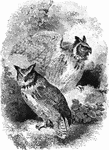204 illustrations of birds including: macaw, maculta, magpie, mallard, man-of-war, martin, meadow-lark, menura, merganser, merlin, mina, mino-bird, mockingbird, momot, moor-hen, moorfowl, mooruk, mound-bird, mourning dove, natatores, night-jar, nighthawk, noddy tern, notornis mantelli, nut cracker, nuthatch, oriole, ortolan, osprey, ostrich, oven bird, owl, and oyster catcher
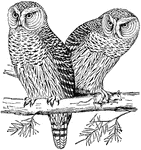
The Hawk or Canada Owl
"The Hawk-Owl is especially well known in Canada. This bird goes as far south as Louisiana."
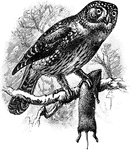
Northern Pygmy Owl
The Northern Pygmy-Owl (Glaucidium gnoma) is an owl in the Strigidae family of true owls.
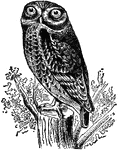
Rock Owl
"The owl is a popular name for any nocturnal, raptorial bird, of which about 200 species are known.…
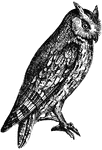
Scops-Eared Owl
The scops-eared owl is diminutive in size, not exceeding that of the thrush, (Figuier, 1869).
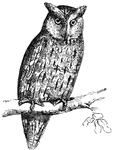
Scops-Eared Owl
The scops-eared owl is diminutive in size, not exceeding that of the thrush, (Figuier, 1869).
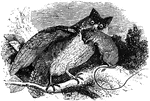
Scops-Eared Owl
A scops-eared owl feeding on a small rodent. It is common in Central and Southern Europe.

Screech Owl
Strix flammea, the nocturnal White Screech-, or Barn Owl, is orange-buff above, with brown, grey and…
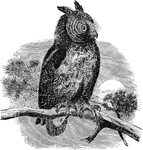
Screech Owl
Scops. Little Horned Owls. Screech Owls. Like the miniature Bubo in form (all our species under a foot…
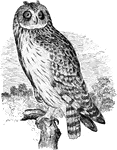
Short-eared Owl
"Asio accipitrinus. Short-eared Owl. Marsh Owl. Ear-tufts inconspicuous, much shorter than middle toe…
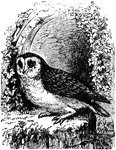
Small Barn Owls
"Aluco flammeus pratincola. Barn Owl. above, including upper surfaces of wings and tail, tawny, fulvous,…
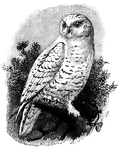
Snow Owl
Nyctea scandiaca." The great white or snowy owl, Strix nyctea or Nyctea scandiaca, inhabiting arctic…
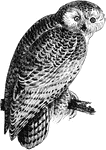
Snowy Owl
"Nyctea scandiaca. Snowy Owl. Pure white, spotted and barred with brownish-black markings, wholly indeterminate…
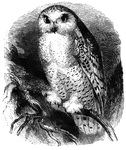
White Owl
The white owl (also known as the snowy or ermine owl), found in the colder latitudes of the world. Its…
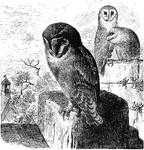
Barn Owls
"Aluco flammeus pratincola. Barn Owl. above, including upper surfaces of wings and tail, tawny, fulvous,…
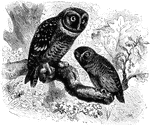
Saw-whet and Sparrow Owls
"Nyctala - Saw-whet Owls. Skull and ear-parts highly unsymmetrical, the the latter of great size, and…
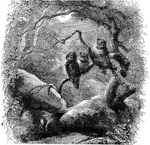
Screech Owls
"Scops. Little Horned Owls. Screech Owls. Like the miniature Bubo in form (all our species under a foot…
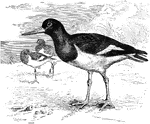
European Oyster-catcher
"Haematopus ostrilegus. European Oyster-catcher. (oyster-opener would b a better name, as oysters do…

Oystercatcher
Oyster-catchers are noisy birds. The bill is powerful for opening mussels, oysters and other shell-fish.
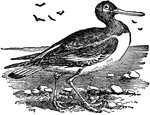
Oystercatcher
"Oyster catcher is a name applied to several American species of wading birds, also a handsome European…
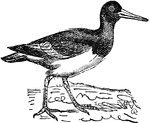
Oystercatcher
A wading bird closely allied to the plover. it is easily known from its red feet and bill, the latter…
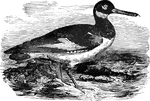
European Oystercatcher
The European oyster-catcher is about eighteen inches in length, commonly found along the sea-coast.…
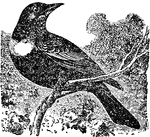
Ring Ouzel
A species of thrush native to Eurasia, which resembles in size and appearance the blackbird. It is migratory,…
